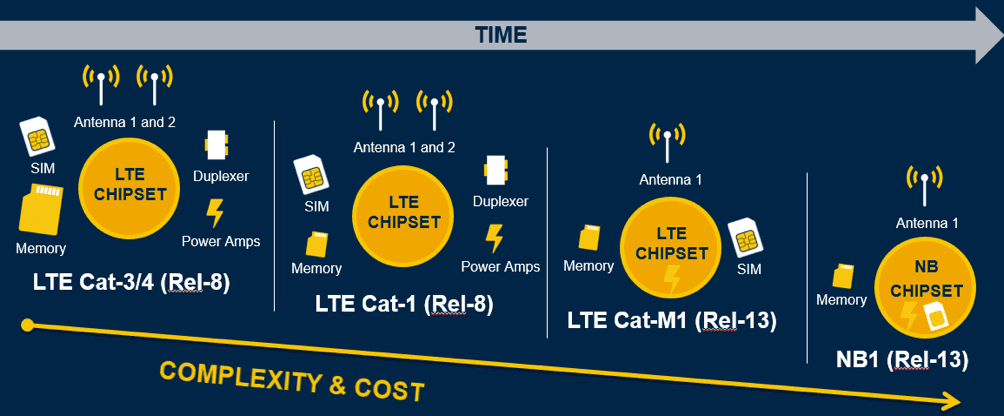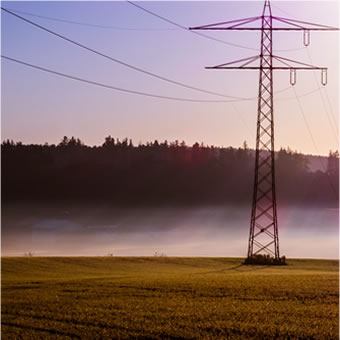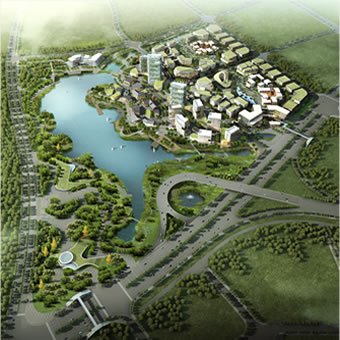If you are interested in IoT or Your Company uses a 2G or 3G network to transmit your data and planning development in the future, it is more than recommended to be familiar with the trending LTE technologies. There are three notable standards to consider in IoT scenarios – NB-IoT (Narrow band IoT, NB1), Cat-M1 (also described as LTE-M or eMTC) and LTE-Cat1.


Source: TelIT
NB-IoT
It is a low-power, wide area network (LPWAN) technology designed for IoT devices with low-bandwidth needs. It is low cost, provides improved indoor coverage, consumes less power, and thus, has a longer battery life when compared to other existing cellular standards. As a result, it’s best suited for simple IoT devices that require small, intermittent data transmissions where latency doesn’t matter.
The cellular technology offers long-range support and strong signal penetration, so it’s good for long distances and indoor or underground usage. But NB-IoT can only be used for stationary IoT applications because it doesn’t handle cellular tower handoffs.
Use cases for NB-IoT include smart gas, water, and electricity meters, smart city applications, such as smart street lighting and parking sensors, and other remote sensing applications that don’t send frequent or large amounts of data. That includes HVAC control, industrial monitors and agricultural sensors that monitor irrigation systems and detect leaks.
Cat-M1
Cat-M1, also known as LTE-M and eMTC, is also a LPWAN technology. Cat-M1 offers fast enough bandwidth to serve as a replacement for many current 2G and 3G IoT applications. It is different from NB-IoT in several other ways: Cat-M1 supports cellular tower handoffs, so it works with mobile applications, such as asset tracking and fleet management as well. It also supports voice features in IoT applications, such as medical alert devices and home alarm systems where the ability for people to talk is important.
Cat-M1 has enough throughput to transfer firmware, software and other security updates to IoT devices, including a full-blown Linux operating system – something challenging with NB-IoT. Furthermore, Cat-M1’s energy consumption is almost as low as NB-IoT’s.
Good use cases for Cat-M1 include wearables, such as fitness bands and smartwatches and automated teller machines (ATMs) in addition to asset tracking, health monitors and alarms. It also has some crossover with NB-IoT and can work with smart meters and industrial monitors.
What is Cat-1?
It’s a bit older, but still current technology.
The upshot: Cat-1 can manage some of the low-power applications that NB-IoT and Cat-M1 support, but it can also support higher bandwidth needs. On the flip side, Cat-1 consumes more power and has a slightly shorter signal range, because of its lower sensitivity than NB-IoT and Cat-M1.
Cat-1, which also supports voice and mobile IoT applications, also offers a good migration path for 2G and 3G applications, such as asset tracking, smart meters, and other remote sensors.
Other good use cases include wearables, point-of-sale terminals, ATMs, retail kiosks, video surveillance, connected healthcare, consumer electronic devices, and some vehicle telematics data. It also supports shared mobility uses, such as bike and scooter rentals, and sophisticated IoT devices, such as digital signage and autonomous drones for deliveries.
Cat-1 isn’t fast enough to support the needs of autonomous vehicles of the future, however. For higher bandwidth needs, the LTE Cat-4 or LTE-A Cat-6 standard and can better handle video surveillance and other real-time video applications as well as in-car hotspots and in-car infotainment.
The future 5G cellular networks provide the high-speed, low-latency communications necessary to support autonomous vehicles, remote surgery in healthcare, and other high-bandwidth applications in the future.
The Reality and Current Limitations NB-IoT and Cat-M1 (LTE-M)
Researchers expect steady adoption of IoT devices running on NB-IoT and Cat-M1 networks as more carriers implement the two technologies in the coming years.
In fact, by the end of 2025, NB-IoT and Cat-M1 are expected to make up 52% of all cellular IoT connections, according to the Ericsson Mobility Report in November 2019. Similarly, in a separate study, analyst firm ABI Research predicts that by 2026, NB-IoT and Cat-M1 will account for 60 percent of the 3.6 billion LPWAN connections.
LTE-Advanced Cat-6
About more details check our previous article
But which category is the best choice
As can be seen, several parameters need to be considered when choosing between technologies and not necessarily the latest technology is needed to design the solution. The best solution is the one that provides the optimal - financial, business and technical - answer to the partner’s real situation and requirements. Intelliport strives to meet the needs by using its constantly expanding range of devices, but if we can tailor our solution more precisely to the customer's needs with a small development, we will be happy to deliver exactly what you need.
Source: https://www.iotforall.com/nb-iot-and-cat-m1-vs-cat-1-how-to-choose-the-right-lte-iot-standard/






